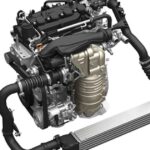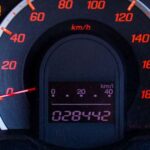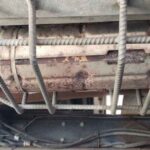If your Toyota Highlander won’t start, there are a few common reasons why. It could be a problem with the battery, like it being old or drained. Another possibility is issues with the starter motor or ignition switch.
Sometimes, it could be as simple as a loose connection or a blown fuse. By checking these common causes, you can troubleshoot the problem and get your Highlander running smoothly again.
In the world of automotive troubleshooting, a non-starting Toyota Highlander doesn’t always spell disaster. With a systematic approach and a bit of know-how, you can tackle most issues head-on, saving time and money in the process.
So, let’s delve into the common culprits behind your Highlander’s reluctance to start and embark on a journey towards a quick and hassle-free.
Having your Toyota Highlander fail to start can be frustrating, especially when you’re pressed for time. However, understanding the common causes can help you troubleshoot and resolve the issue efficiently.
From a dead battery to ignition system problems, pinpointing the root cause swiftly ensures you’re back on the road in no time. Let’s delve into some quick solutions to tackle these common starting issues effectively.
Is Your Highlander in “P” (Park)?
Before delving into more complex solutions, it’s crucial to check if your Toyota Highlander is properly in “P” (Park) gear.
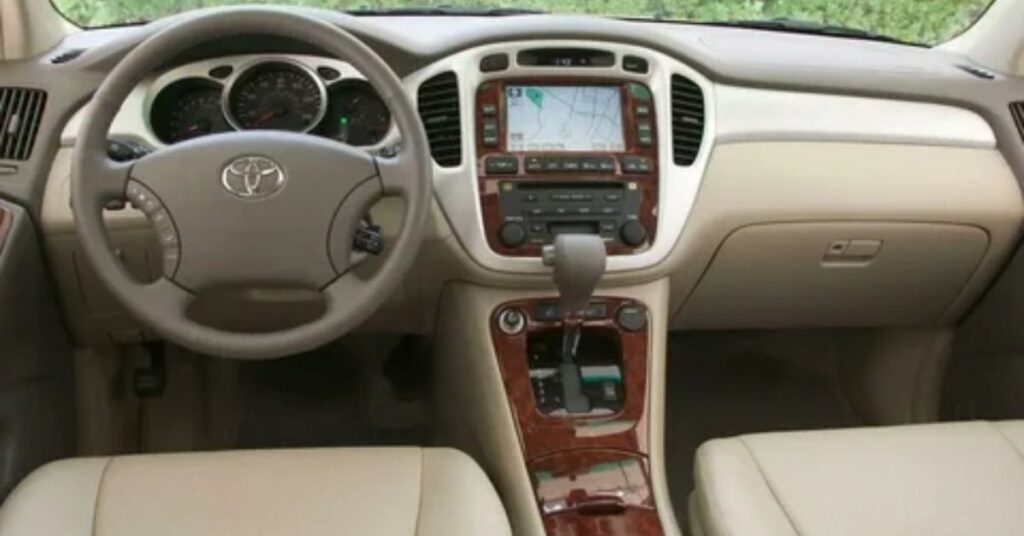
Sometimes, the vehicle won’t start if it’s not in this position, as a safety measure. Ensure the gear selector is fully engaged in Park and try starting again. This simple step might save you from unnecessary troubleshooting.
Highlander Starting Trick That Always Works
One trick that often works when your Toyota Highlander won’t start is to jiggle the gear shift lever while attempting to turn the ignition. Sometimes, the gear selector switch might not fully engage, causing the vehicle to think it’s not in Park.
By gently moving the lever back and forth and then trying to start the car again, you might bypass this issue. This trick is a quick and easy way to troubleshoot before exploring more complex solutions.
Read This Blog:https://autosyner.com/nissan-armada-wont-start-heres-quick-solutions-to-the-most-common-causes/
Look At Battery Terminal Oxidation
If your Toyota Highlander won’t start, it’s a good idea to inspect the battery terminals for oxidation. Oxidation, which appears as a powdery substance on the terminals, can prevent proper electrical contact and hinder starting.

To check for oxidation, simply pop open the hood and examine the battery terminals. If you notice any buildup, use a wire brush or terminal cleaner to gently scrub it away. Cleaning the terminals can often resolve starting issues and ensure a reliable connection for your vehicle’s electrical system.
Check the 12V Battery Wiring
Another step to take if your Toyota Highlander won’t start is to check the 12V battery wiring. Sometimes, the wires connected to the battery terminals can become loose or corroded, leading to starting problems.
Inspect the wiring carefully, looking for any signs of damage, corrosion, or loose connections. If you find any issues, tighten the connections and clean off any corrosion with a wire brush. Ensuring that the battery wiring is secure and free from corrosion can help restore proper electrical flow and improve starting reliability.
Highlander’s 12V Battery is End of Its Life Cycle
Toyota Highlander’s 12V battery is at the end of its life cycle, it might struggle to start the vehicle. Over time, batteries lose their ability to hold a charge effectively, especially in extreme temperatures or with frequent use.
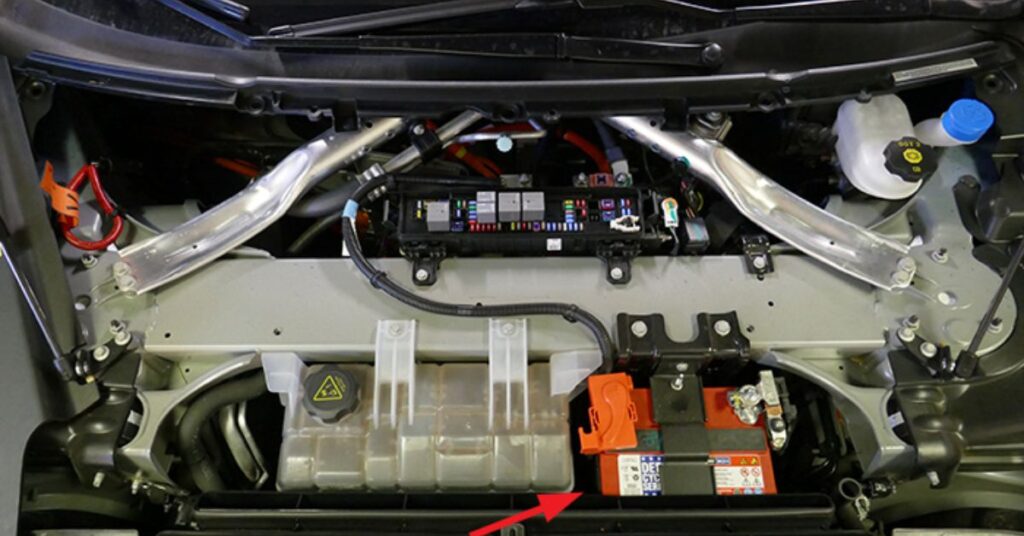
If you suspect the battery is the issue, consider having it tested by a professional or using a multimeter to check its voltage. If the battery is indeed failing, replacing it with a new one should resolve the starting problem and ensure reliable performance.
Check The Battery Group Before Replacement
Before replacing the battery in your Toyota Highlander, it’s essential to check the battery group size. This refers to the physical dimensions and terminal placement of the battery.
Ensure that the replacement battery matches the group size specified for your vehicle to guarantee a proper fit and secure connection. Mismatched battery sizes can lead to installation difficulties and potentially damage your Highlander’s electrical system.
Double-checking the battery group ensures a smooth replacement process and reliable performance.
Serpentine Belt is Old
If the serpentine belt in your Toyota Highlander is old, it could lead to starting issues. Over time, belts can wear out, crack, or become loose, affecting the operation of critical components like the alternator and water pump.

Inspect the belt for signs of wear, such as cracks or fraying, and replace it if necessary. A new serpentine belt ensures proper functionality of engine accessories and can prevent starting problems down the road.
Starter Motor May be Dead
If your Toyota Highlander won’t start, a possible culprit could be a dead starter motor. The starter motor is responsible for turning the engine over when you turn the ignition key. If it fails, you may hear a clicking sound when you try to start the vehicle.
If all other components seem to be in working order, such as the battery and electrical connections, the starter motor may need to be replaced to resolve the issue. Consulting a mechanic for a diagnostic test can confirm if the starter motor is indeed the problem.
Alternator Issues
If your Toyota Highlander is having trouble starting, the alternator might be the culprit. The alternator charges the battery while the engine runs, so if it’s failing, the battery may not have enough power to start the car.
Look out for dimming headlights or warning lights on the dashboard, which could indicate alternator problems. A mechanic can perform tests to diagnose any issues with the alternator. Swiftly addressing alternator issues can prevent further complications and ensure your Highlander starts smoothly.
Bad Fuel Pump
If your Toyota Highlander is struggling to start, it’s possible that the fuel pump is faulty. The fuel pump is responsible for delivering fuel from the tank to the engine. If it fails, the engine may not receive enough fuel to start or run properly.
Signs of a bad fuel pump include difficulty starting the engine, engine sputtering, or stalling while driving. If you suspect a faulty fuel pump, it’s advisable to have it inspected and replaced by a qualified mechanic to restore proper engine function.
Blown Out Fuse
If your Toyota Highlander won’t start, a blown fuse could be the cause. Fuses protect electrical circuits from damage due to overloads. If a fuse related to the starting system blows out, it can prevent the vehicle from starting.
Symptoms of a blown fuse may include other electrical components not working or the vehicle failing to start altogether. Checking the fuse box for any blown fuses and replacing them with ones of the correct rating can often resolve this issue. If the fuse continues to blow, it may indicate an underlying electrical problem that requires further diagnosis by a professional.
Spark Plug Issues
When your Toyota Highlander experiences starting issues, spark plug problems could be to blame. Spark plugs play a crucial role in igniting the air-fuel mixture in the engine’s cylinders.
If they’re worn out or dirty, they can cause misfires or prevent the engine from starting altogether. Symptoms of spark plug issues include rough idling, poor acceleration, or difficulty starting the engine.
Replacing old or faulty spark plugs can often resolve these problems and restore smooth engine performance. Regular maintenance, including inspecting and replacing spark plugs as needed, helps ensure reliable starting and driving experiences.
Rare Scenario
If your Toyota Highlander is experiencing starting difficulties and all common causes have been ruled out, it might be a rare scenario. In such cases, it could involve complex issues like a malfunctioning engine control module (ECM), a faulty ignition switch, or a rare electrical fault.
Addressing these rare scenarios typically requires advanced diagnostic tools and expertise. Consulting with a qualified mechanic or dealership service center equipped to handle such situations is advisable to accurately diagnose and resolve the issue.
Check the OBD Codes
When troubleshooting starting issues in your Toyota Highlander, checking the On-Board Diagnostics (OBD) codes can provide valuable insight.
The OBD system monitors various components and systems in the vehicle and stores trouble codes when abnormalities are detected. Using an OBD scanner, you can retrieve these codes, which can pinpoint specific problems affecting the engine, emissions, or other systems.
Once you have the codes, you can research their meanings or consult a mechanic to interpret them accurately. Addressing the issues indicated by the OBD codes can often lead to a resolution for the starting problem.
Toyota Highlander Cranks But Not Starting
If your Toyota Highlander cranks but doesn’t start, several potential issues could be causing the problem. Common culprits include fuel system issues like a faulty fuel pump or clogged fuel filter, ignition system problems such as bad spark plugs or a malfunctioning ignition coil, or engine mechanical issues like a timing belt failure.
Additionally, issues with sensors like the crankshaft position sensor or camshaft position sensor could prevent the engine from starting properly. Diagnosing the specific cause may require professional expertise and diagnostic tools.
Can I Start My Toyota Highlander With My Phone?
Starting your Toyota Highlander with your phone is possible if your vehicle is equipped with remote start functionality and a compatible mobile app provided by Toyota. Typically, these apps allow you to remotely start your car, lock and unlock doors, and access other features using your smartphone.
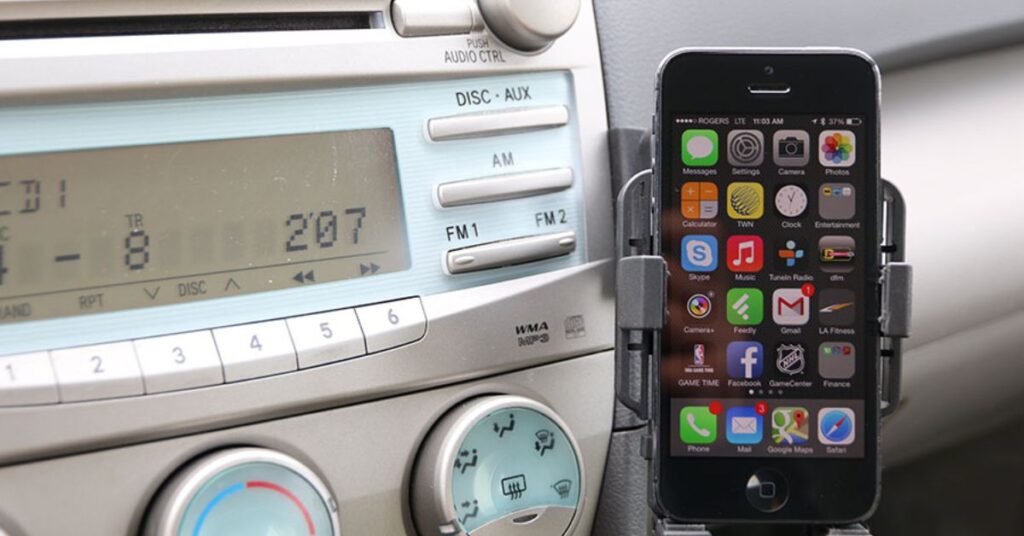
However, availability may vary depending on the model year of your Highlander and whether it’s equipped with the necessary technology.
If your Highlander supports remote start via a mobile app, you’ll need to set up and register your vehicle with the app to use this feature. Check the user manual or contact Toyota customer support for specific instructions tailored to your vehicle.
FAQ’S
How do I change the oil in my Toyota Highlander?
To change the oil, locate the oil drain plug, remove it to drain the old oil, then replace the oil filter and refill with the recommended oil type and quantity.
What is the recommended tire pressure for my Highlander?
The recommended tire pressure for your Highlander is usually found on a sticker inside the driver’s door jamb or in the owner’s manual; it typically ranges from 30 to 35 PSI.
How often should I replace the air filter in my Highlander?
Air filters should generally be replaced every 12,000 to 15,000 miles, but check your owner’s manual for specific recommendations based on driving conditions.
What kind of coolant should I use for my Highlander?
Use Toyota Super Long Life Coolant or a similar ethylene glycol-based coolant that meets the specifications outlined in your Highlander’s owner’s manual.
How can I program a new key fob for my Highlander?
Programming a new key fob usually involves inserting and removing the key from the ignition multiple times according to specific instructions outlined in the owner’s manual.
Where can I find the fuse box in my Highlander?
The fuse box in your Highlander is typically located in the engine bay or under the dashboard on the driver’s side; consult the owner’s manual for the exact location.
How do I reset the maintenance light on my Highlander?
To reset the maintenance light, turn the ignition to the “On” position, press the odometer button until “Trip A” is displayed, then turn off the ignition and hold down the odometer button while turning the ignition back to “On” until the light resets.
What kind of transmission fluid does my Highlander need?
Your Highlander typically uses Toyota Genuine ATF WS transmission fluid or a similar fluid recommended in the owner’s manual; consult the manual for specific guidance.
Conclusion
When faced with a Toyota Highlander that won’t start, it’s crucial to troubleshoot systematically. Start by checking the battery, ensuring it’s charged and terminals are clean. Verify fuel levels and listen for the fuel pump priming. Assess the ignition system for any issues such as faulty spark plugs or ignition coils.
Additionally, examine the starter motor and its connections for any faults. By methodically addressing these common causes, you can increase the likelihood of diagnosing and resolving the issue efficiently, getting your Highlander back on the road. If problems persist, seeking assistance from a professional mechanic may be necessary.


